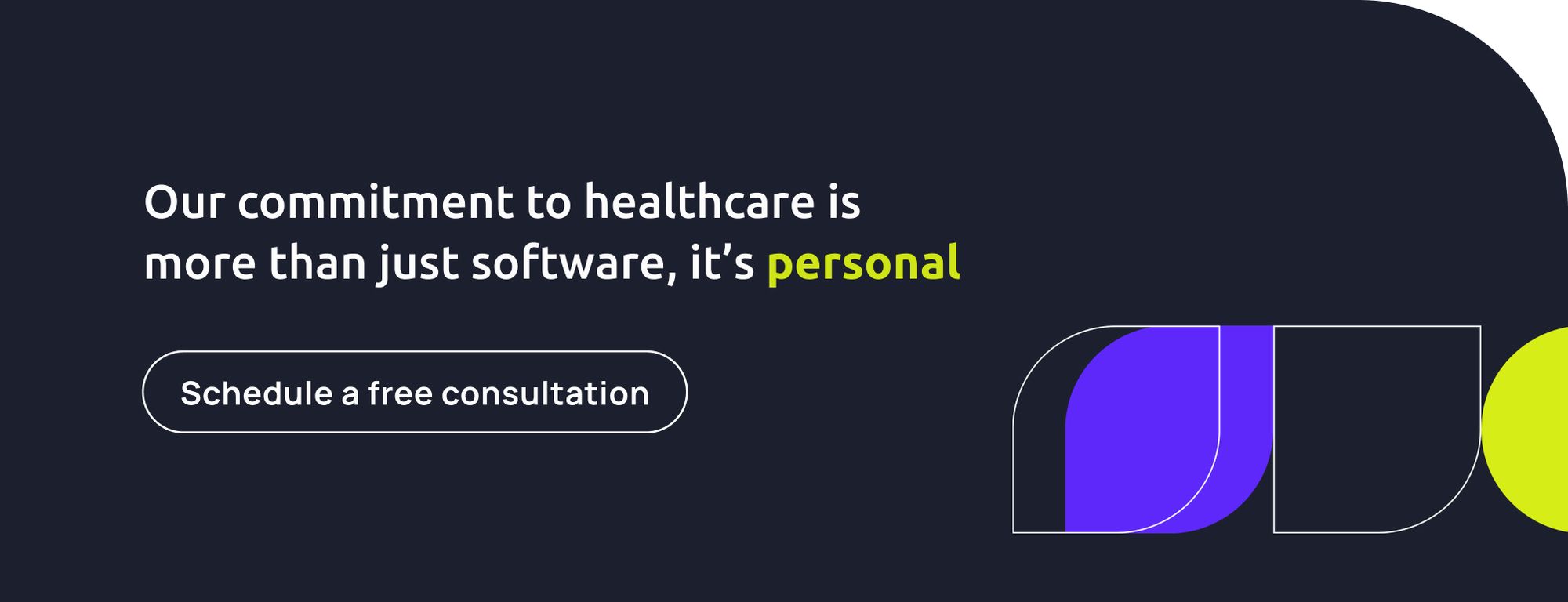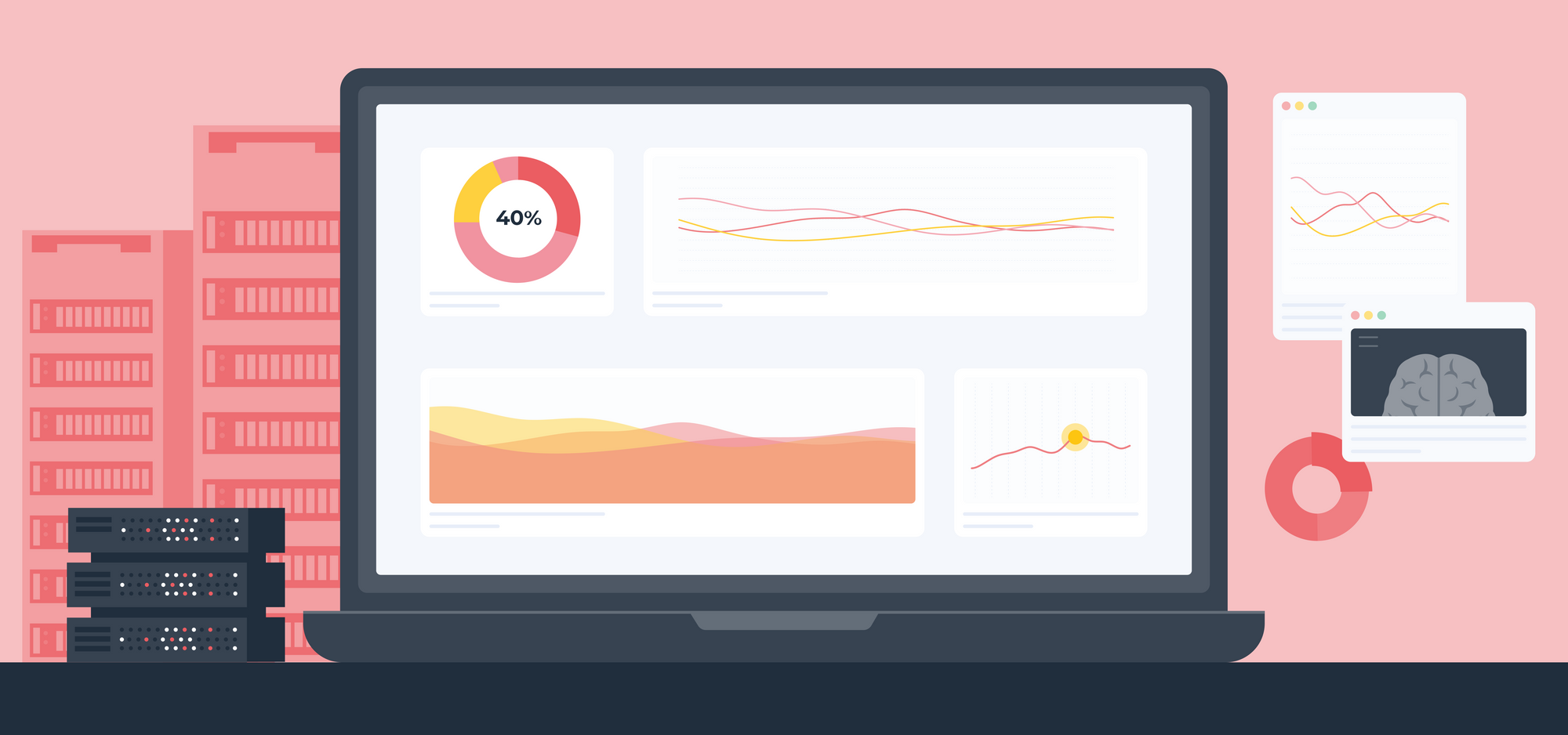What is FHIR?
FHIR is a standard that defines how healthcare information can be exchanged between different computer systems regardless of how it is stored in those systems. FHIR allows healthcare information, such as clinical and administrative data, to be available securely to those who need to access it and those who have permission to access it for the benefit of a patient receiving care.
What Does FHIR Stand for?
FHIR stands for Fast Healthcare Interoperability Resources. "Healthcare" and "Interoperability" are fundamentally what this protocol is for, while "Fast" in the context is not intentional to convey moving data/information quickly. The meaning of "Fast" is related to a fast standard, which is quick to adopt. Finally, "Resources" are taken from HTTP specifications (addressable resources) to store data/information in a specific address and be fetchable later.
When Does FHIR Start?
FHIR's development began in 2012 in response to market needs for faster, simpler, and more robust methods to exchange the exponential growth of healthcare data. With the rapid growth of healthcare data, the number of facts per decision increases exponentially. A human, on average, can handle only about five facts when making a decision. This data growth, along with the progressing "app" economy, created the need for clinicians and consumers to share data in a lightweight, real-time manner using modern internet technologies and standards.
With the recognition of these facts, the standards organization HL7, (Health Level 7) decided to create a new standard. HL7 version 3 was so complex that it had not been widely implemented. Here is where FHIR appears. It is a specification for how one system asks another system for data and what it gets back in return for Healthcare. It specifies the technology and the agreement on the meaning of the data.
What is Interoperability in Healthcare?
Defined by HIMSS, (Healthcare Information and Management Systems Society) interoperability in healthcare refers to “the ability of different information systems, devices, and applications to access, exchange, integrate and cooperatively use data in a coordinated manner, within and across organizational, regional and national boundaries, to provide timely and seamless portability of information and optimize the health of individuals and populations globally.
"Health data exchange architectures, application interfaces, and standards enable data to be accessed and shared appropriately and securely across the complete spectrum of care”.
FHIR vs. HL7: What's the Difference?
FHIR was built based on other standards, such as HL7 v2 and HL7 v3. The main difference is that FHIR makes use of RESTful web services and open web technologies. These technologies are familiar to most developers, reducing the learning curve and having lower barriers to entry compared with other standards.
FHIR offers a variety of options for exchanging data between systems. For example, FHIR search, FHIR REST, FHIR Subscription, polling, FHIR operations, messaging and human interventions. With these multiple options, FHIR offers the potential for greater interoperability among a wide array of systems and devices and not only EHR (Electronic Health Record) systems.
Why is FHIR so Important?
FHIR is important because it acts as a connector to close the gaps between all parties needing patient data access. Making patient records can be viewed on the fly helps to make the right decisions. FHIR is based on internet standards widely used by industries outside of Healthcare. Especially the REST approach, which describes how resources can be shared easily. Taking advantage of existing standards and technologies makes it easier for software developers. In addition, this makes FHIR have lower barriers of entry for new software development to support healthcare needs.
Texto Previo HL7, here are the four FHIR principles:
- Prioritize implementation.
- Provide a flexible framework for interoperability.
- Keep complexity where it belongs.
- Support but doesn't mandate tight specifications.
These principles were created to help the standard be powerful and adaptable to new technologies that occur over time.
FHIR Advantages
FHIR standard provides multiple advantages to software developers, such as:
- Strong focus on fast and easy implementation.
- Free to use with no restrictions.
- Support from major vendors includes Apple, Microsoft, Google, Epic, Cerner, and most EHR vendors.
- There are available free online downloadable tools, including reference servers and implementation libraries.
- Public examples are available to help kick-start the development of new applications.
- Interoperability out-of-the-box – base resources can be used as-is but can also be adapted for local requirements.
- A strong foundation in web standards, including XML, JSON, HTTP, and OAuth.
- Concise and easily understood online specifications.
- A human-readable serialization format for ease of use by developers.
- A global community to assist implementers.

FHIR Resources
FHIR resources are standard URLs that contain healthcare information that different systems can point to.
FHIR resources allow developers to build standardized URL packets of information that provide access to data no matter what EHR (Electronic Healthcare Record) underpins the user's infrastructure. FHIR resources can be individual packets of information that include metadata, text, or particular data elements, which can also be packaged into collections that create clinical documents.
In FHIR, healthcare data is represented into categories such as patients, laboratory results, and insurance claims, among many others. Each of these categories is represented by a FHIR Resource, which defines the component data elements, constraints on data, and data relationships that together make up an exchangeable patient record.
The philosophy behind FHIR is to create a set of Resources that, individually or in combination, satisfy the most common use cases. Each Resource contains data elements necessary for its specific use cases and links to other resources relevant information.
They are based on modern World Wide Web technologies, Resources use Uniform Resource Locators, or URLs (commonly known as web addresses), to be located within a FHIR system implementation.
FHIR Resource List
FHIR resources are a huge improvement for the interoperability between systems. Here you will find a complete list of FHIR resources.
What is SMART on FHIR?
To begin with, we have to explain what SMART stands for. SMART stands for "Substitutable Medical Applications, Reusable Technologies" born in 2010 and is run out of the Boston Children's Hospital Computational Health Informatics Program and the Harvard Medical School Department of Biomedical Informatics
SMART was created to build a standard framework that allows the development of "interchangeable healthcare applications". The main goal was to enable all developers to build a healthcare application that would work at any healthcare organization regardless of the EHR. The "Substitutable” aspect of SMART wanted to make it very easy for providers to try multiple applications/solutions and be able to select and use the application that best suited their needs without forcing every provider in the healthcare organization to use the same applications.
Now that we have explained what SMART stands for and the main goal, we are going to explain what SMART on FHIR means. "SMART on FHIR" refers to putting a SMART healthcare applitacion on top of FHIR.
FHIR provides a standard set of data models or resources, as we explained, providing how healthcare information should be represented and SMART builds based on that, providing how third-party apps launch within an EHR, auth identity, and access management.
Conclusion
Healthcare data is growing exponentially, which makes it more challenging to make the right decisions. Considering FHIR and SMART on FHIR applications might be a clever decision to reduce data growth risks and make your system flexible with other systems using the same standards.

